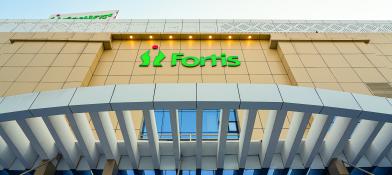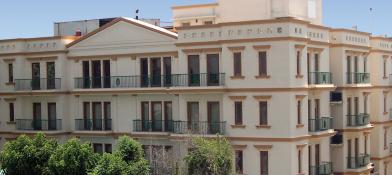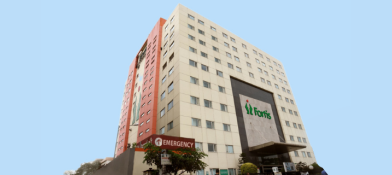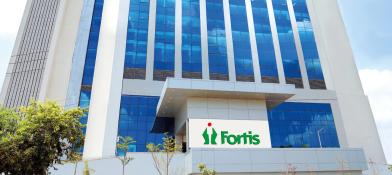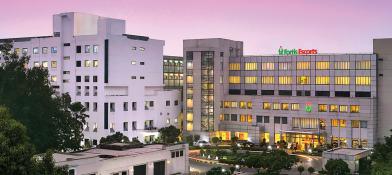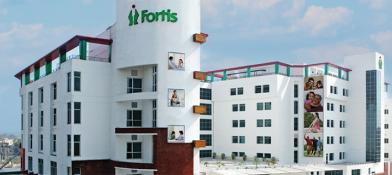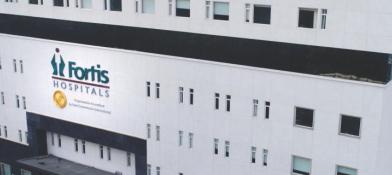Laparoscopic Sleeve Gastrectomy (LSG)
Overview
LSG is a surgical procedure for weight loss or Bariatric surgery. Bariatric surgery is an effective treatment for long-term results for weight loss. It is the most done procedure among the different types of Bariatric surgeries. It is also called vertical sleeve gastrectomy.
LSG is less morbid than other types of bariatric surgeries. It gives fantastic results with excellent weight loss and remission. It is considered the primary procedure or the first part in high-risk obese patients. Among the restrictive and malabsorptive types of bariatric surgeries, LSG is a restrictive type of bariatric surgery. It does not require any banding or implantation of any devices around the stomach.
The procedure of LSG
It involves a few cuts or incisions placed in the stomach to create a sleeve, reducing the stomach size to the shape of a banana. As the stomach size is reduced, the patient will feel full even after eating minimal food.
Indications
This procedure is done when an individual has excess weight, is obese, and is unable to lose weight by other means. Body mass index (BMI) serves as a tool to measure obesity. Any BMI > 40 indicates extreme obesity. Extreme obesity, along with comorbid conditions, is indicative of LSG. Any obese individual with life-threatening comorbid conditions like cardiovascular diseases, hypertension, high lipid levels, Diabetes mellitus, cancers, stroke, a condition called obstructive sleep apnea, and infertility.
This is also indicated in patients who are at risk of anesthesia due to compromised systemic health diseases like an enlarged liver or the presence of scar tissue. In such individuals, LSG is planned as a two-stage process where a second-stage surgery is done 12-18 months after the first-stage surgery or when the risk is reduced.
Advantages of LSG
LSG causes faster weight loss than other methods. The advantages of weight loss are due to two methods. It causes mechanical limitation of food intake, thus restricting the distension of the stomach. The other way is by hormonal regulation where the production of hunger hormone is reduced. This causes less hunger and increased satiety, even for tiny quantities of food.
It also causes a reduction of comorbidities like diabetes, hypertension, lipid levels, and the risk of cardiovascular diseases. It does not require the implantation of surgical bands or any rerouting for the surgery. It does not affect the nutrient intake or Medication absorption capability.
Before the procedure
Before LSG, an individual has to provide complete details of the medical history, medications, or any previous surgeries. Few blood tests, urine tests, and imaging studies may be needed to understand the present physical condition of the individual. Diet will be restricted, and a list of medications to be stopped and to be used before the procedure will be given. The surgery will be done on an empty stomach. Hence, it is necessary to refrain from eating anything 8-12 hours before surgery.
During the procedure
LSG is done under anesthesia using the laparoscopy technique and has several steps. Post-cleaning the surgical site with an antiseptic solution, minor cuts or incisions are made on the left surface of the abdomen. The abdomen is filled with gas to create space for the surgical site. After adjusting the vital organs, a narrow stomach sleeve is made vertically.
The more significant curved portion of the tummy is removed, and the remaining part is stapled. A tube is placed in the tummy to guide stapling. Unique staplers are used to cut and seal the stomach. Stapling is done carefully so that it is even without twists. The larger curved part of the stomach is generally removed and stapled. The surgery takes one to two hours to be finished. The separated part of the stomach is removed from one of the cuts. Additional stitches are given along the staple line to reduce complications.
After LSG
An individual is brought to the recovery room and observed till the vitals stabilize. Later, the individual may be prescribed certain antibiotics and painkillers to reduce infection. The individual is advised to be on sugar-free, non-carbonated liquids for a week. Pureed foods follow this for the next three weeks. One can have average solids about four weeks after surgery.
Additional medications like multivitamins, calcium supplements, and vitamin B-12 injections are prescribed once a month. Regular blood work and physical consultations may be needed.
The success of LSG
The success of LSG remains in effective weight loss and reduction of comorbidities. Depending on the previous weight, an individual may lose about 40 to 70 % of their excess weight.
Risks and complications
The risks and complications of LSG include surgical risks like excessive bleeding, infections, adverse reactions to anesthesia, blood clots, breathing problems, loss of integrity of the staple line, compromised blood supply along the staple line, poor healing of the tissues, and leakages from the cut portions of the stomach.
Bleeding complications occur due to the proximity of the blood vessels to the cut portion. Gastric leaks occur 1 to 3 days after surgery and can cause abdominal pain and increased heart rate, occasionally leading to multiorgan failure. The other complications include low blood sugar levels in the body, called hypoglycaemia, due to reduced food intake, malnutrition, vomiting, obstructions, hernias, and the development of gastroesophageal reflux diseases.
Conclusion
Laparoscopic Sleeve Gastrectomy (LSG) is a highly effective surgical procedure for weight loss, commonly used for treating obesity and related health conditions. It has significant benefits like faster weight loss and reduction of life-threatening conditions, with minimal impact on nutrient intake. Despite certain risks and complications, careful consideration ensures successful outcomes and improved quality of life.



